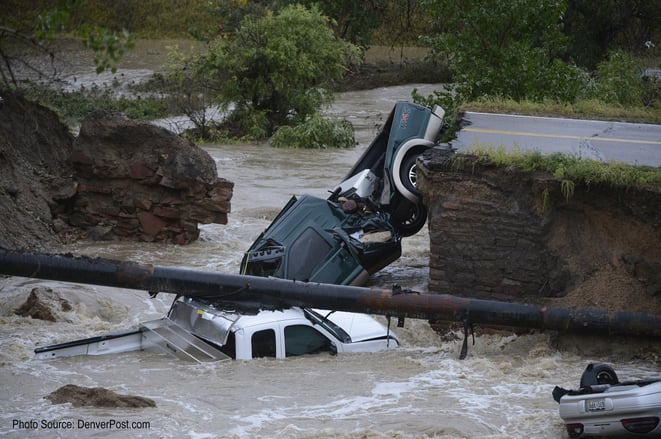 We have conglomerated some news highlights for you today, but first, Happy Thanksgiving!
We have conglomerated some news highlights for you today, but first, Happy Thanksgiving!
So the big news as of late is that the House of Representatives have passed a bill that, in addition to extending it to 2022, carries key reforms to the NFIP (H.R. 2874 - 21st Century Flood Reform Act). In P&C, and specifically the Flood Insurance industry, flood underwriting has a strong relationship to FEMA's NFIP and the laws that govern the program. This program more often than not (too often) represents the key marker by which consumers will purchase flood insurance and whether underwriters will write it.
Though the bill hasn't gone through the Senate as of yet, it carried bipartisan support through the House and has the endorsement of many affected organizations, some hopeful the Senate further extends the list and scope of reforms.
RESPAnews.com lists several bullets per the Congress' Financial Services Committee:
- Provide affordable NFIP coverage for current policyholders.
- Expedite the implementation of policyholder monthly installment payment of premiums.
- Establish a flood damage savings account for individual policyholders to facilitate either the reduction or elimination of NFIP premiums.
- Improve safety by modernizing FEMA’s approach to designating and addressing multiple-loss properties.
- Include the Ross-Castor Flood Insurance Market Parity and Modernization Act (H.R. 1422) to provide greater private market access, competition and consumer choice.
- Allow localities, who elect to use their own resources, to develop their own map alternatives to NFIP flood maps using better and cost-effective technology at an accelerated pace, subject to FEMA standards and approval.
- Require consideration of unique characteristics of coastal and local inland properties that are oftentimes over-charged.
- Require, for the first time, FEMA to conduct an annual independent actuarial study of the NFIP fund to determine whether the government program is collecting revenue sufficient to cover its long-term expected losses.
- Require the Administrator to use risk transfer tools, such as reinsurance or catastrophe bonds, to reduce direct taxpayer exposure to insurance losses.
- Formalize an appeals process that was established for consumers when they dispute their claims.
- Improve disclosure requirements for standard flood insurance policies.
A couple points of note from this list are as follows:
- Private insurers will have more acces to join the market for properties required to have flood insurance
- Localities will be allowed to use their own resources to develop their own flood maps subject to FEMA approval
One more major point comes from Insurance Journal. They highlight that the bill in its current form cuts payments to Write Your Own (WYO) private insurance companies by three percent.
We often talk about the NFIP protection gap here, and it looks like we won't be stopping anytime soon.

